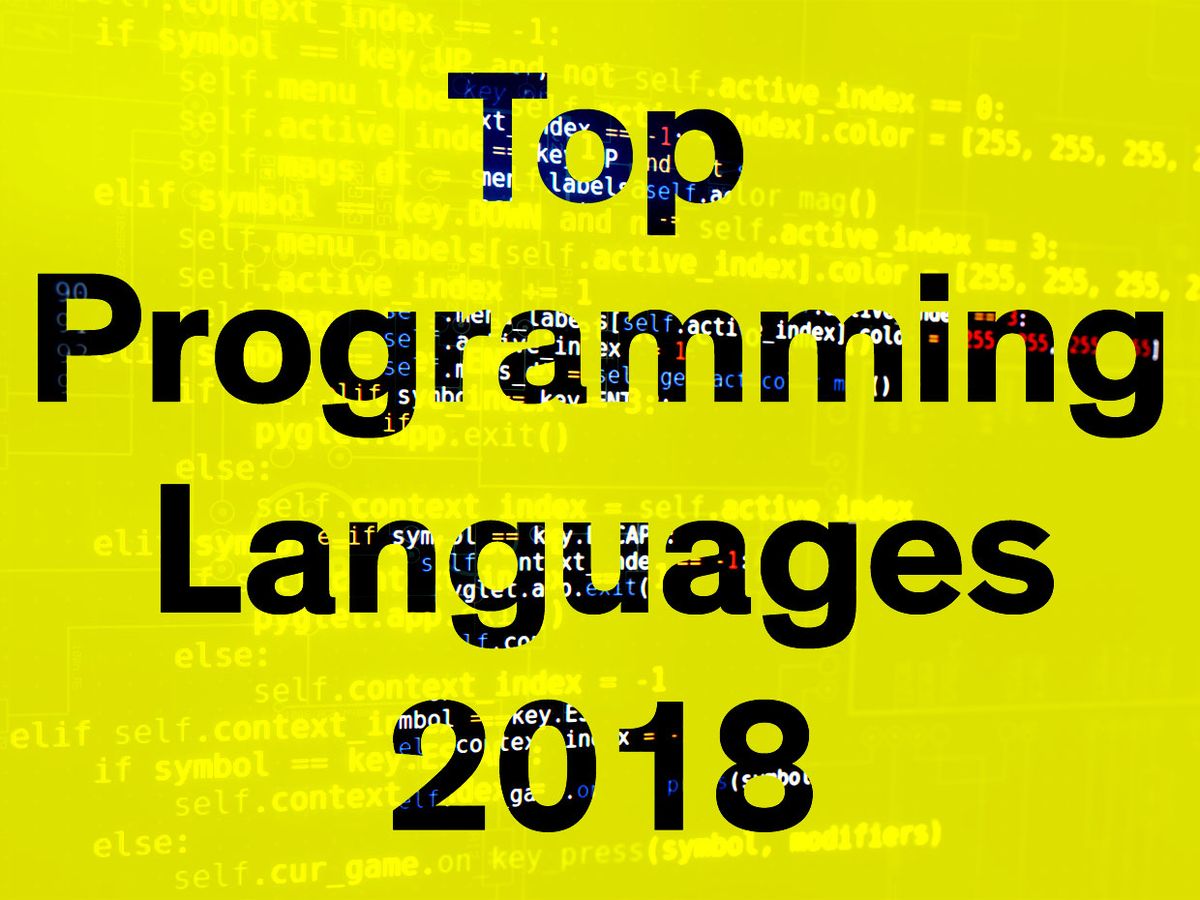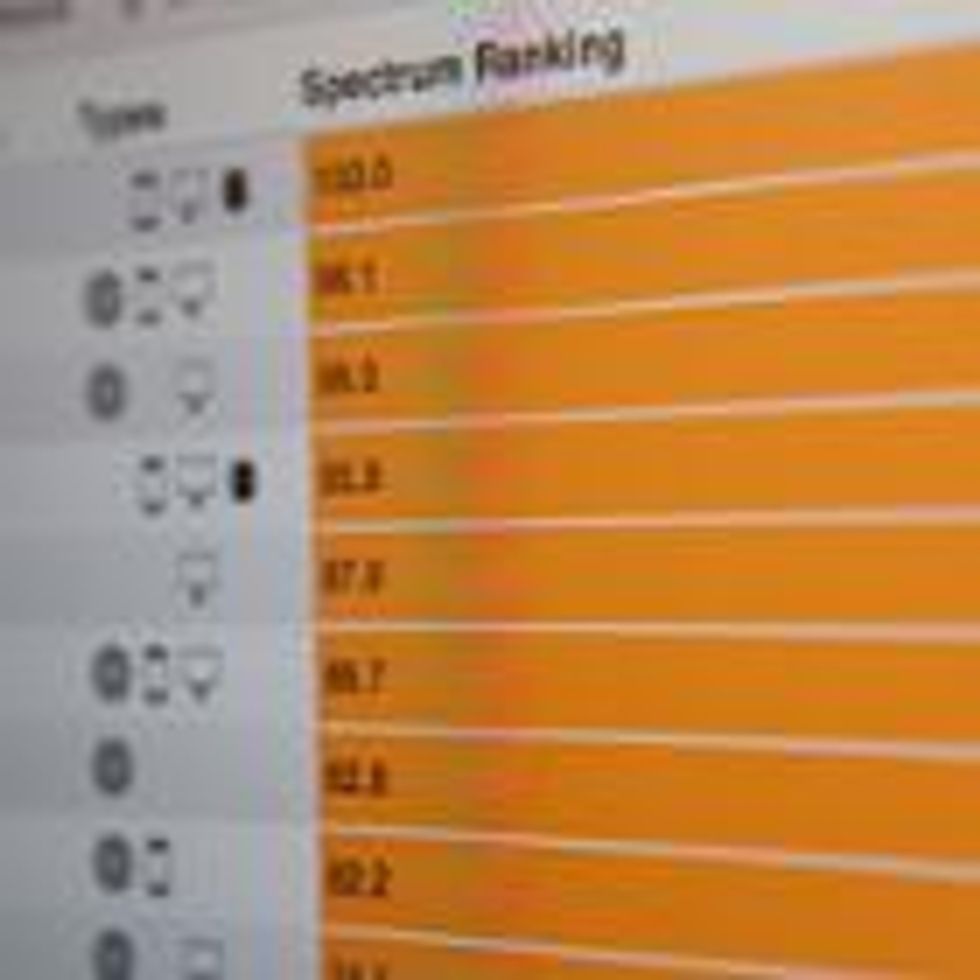Welcome to IEEE Spectrum’s fifth annual interactive ranking of the top programming languages. Because no one can peer over the shoulders of every coder out there, anyone attempting to measure the popularity of computer languages must rely on proxy measures of relative popularity. In our case, this means combining metrics from multiple sources to rank 47 languages. But recognizing that different programmers have different needs and domains of interest, we’ve chosen not to blend all those metrics up into One Ranking to Rule Them All.
Instead, our interactive app lets you choose how these metrics are weighted when they are combined, so you can put an emphasis on what matters to you. (There’s a detailed description of our methods and sources available.) We do include a default weighting, tuned to the interests of a typical IEEE member, and we offer some other presets that focus on things like what’s au courant for open source projects. You can also apply filters that exclude languages primarily used in areas that aren’t of interest to you, such as embedded or desktop environments. And you can see how things have changed by making comparisons with earlier years.
So what are the Top Ten Languages of 2018, as ranked for the typical IEEE member and Spectrum reader?
Python has maintained its grip on the No. 1 spot. Last year it came out on top by just barely beating out C, with Python’s score of 100 to C’s 99.7. Now C++ is the language nipping at its heels at with a 99.7 score, while C moves down to fourth place at 96.7.
Why is Python continuing to have such a hold on programmer mindshare? Two other changes in the Top Programming Languages may give a hint as to why.
First, Python is now listed as an embedded language. Previously, writing for embedded applications tilted heavily toward compiled languages, to avoid the overhead of evaluating code on the fly on machines with limited processing power and memory. But while Moore’s Law may be fading, it’s not dead yet. Many modern microcontrollers now have more than enough power to host a Python interpreter. A nice aspect of using Python this way is that it is very handy in certain applications to play with attached hardware via an interactive prompt or dynamically reload scripts on the fly. Growing into a new domain can only help boost Python’s popularity.
Another reason for Python’s increasing popularity may be seen in R’s small decline. R peaked at No. 5 in 2016, dropped to No. 6 last year, and is now in seventh place. R is a language specialized for handling statistics and big data. As the interest in large data sets has increasingly turned to their applications in machine learning, the existence of high-quality Python libraries for both statistics and machine learning may be making flexible Python a more attractive jumping-off point than the more specialized R.
Looking at the Trending preset, designed to weight the metrics to emphasize languages that are growing quickly, we see that Google’s Go has risen from No. 7 to No. 5. But perhaps the biggest mover is Scala, rising from No. 15 to No. 8. Scala was created to be an improvement over Java, so perhaps Java’s drop in the default ranking owes something to the upward trend for Scala.
Surprisingly, ActionScript has eked out a small bump up in the rankings. Last year it came in dead last with a ranking of 0.0, so we were all set to eliminate it. However, it’s managed to come back into second-to-last place with a score of 1.6, while Forth, once a workhorse of the embedded world takes the goose eggs. I would be sad to see Forth go, as it’s one of my personal favorites, but if it comes in a zero again next year, it’ll be axed.
Editor’s note: This article was updated on 23 August to reflect changes made in the interactive app to enforce the consistency of ranking calculations across browser platforms. As a result, most languages have small changes in their weighted scores. In some cases, with closely separated languages, this has caused languages to swap positions in the rankings. Most notably, with the Spectrum default weightings, Java and C are now in third and fourth place respectively, rather than fourth and third.
Stephen Cass is the special projects editor at IEEE Spectrum. He currently helms Spectrum's Hands On column, and is also responsible for interactive projects such as the Top Programming Languages app. He has a bachelor's degree in experimental physics from Trinity College Dublin.

 Explore the Interactive Rankings
Explore the Interactive Rankings


